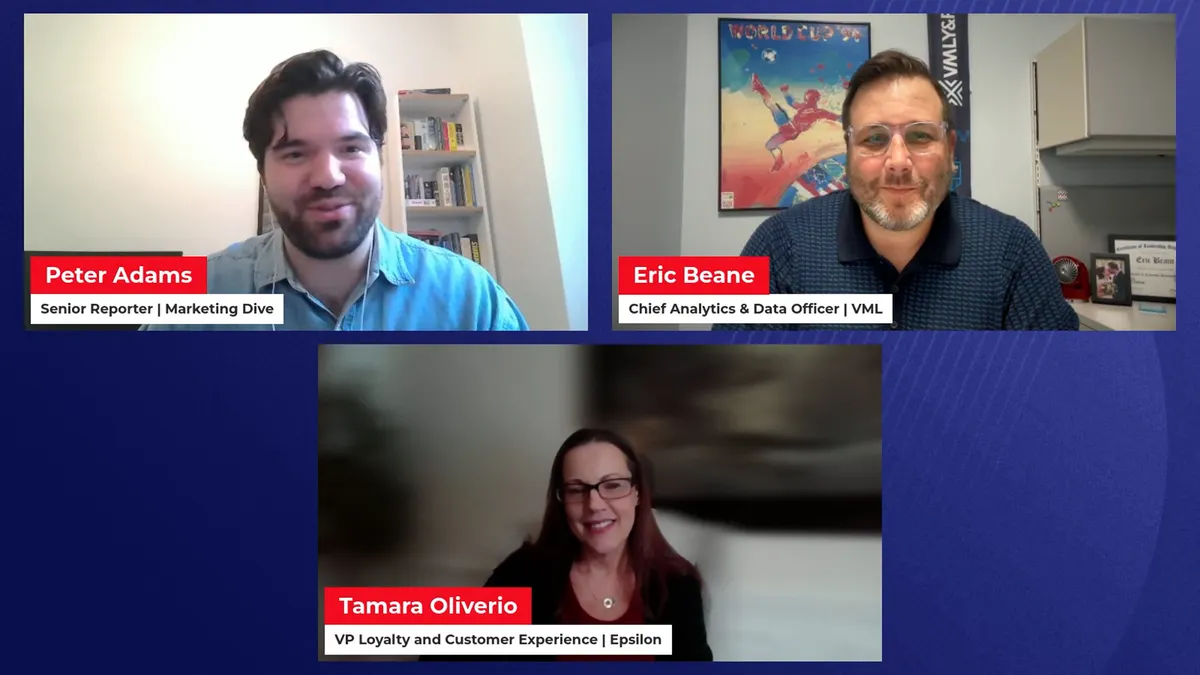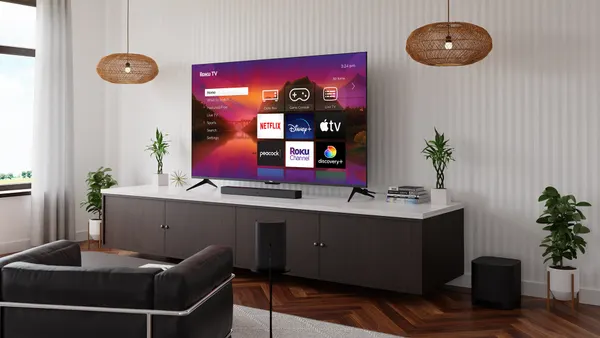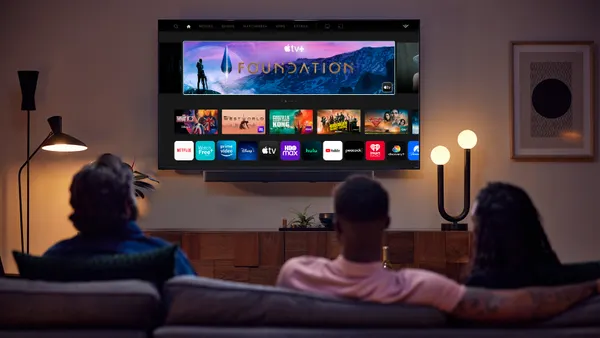Loyalty marketing needs to go beyond discounts and rewards to be effective amid growing signal loss and economic uncertainty, according to panelists during a session that was part of the virtual event “Loyalty 2.0: Capturing – and keeping – the customer.”
While many consumers turn to loyalty programs for value and perks, the market is quickly growing crowded with competition. If brands want to stand out, they are going to have to take a more sophisticated approach.
“I think there are some programs out there that are still treated like a punch card from 30 years ago, where points get discounts,” said Eric Beane, chief analytics and data officer, marketing effectiveness and intelligence at VML, during the session. “They're missing the most important part, which is that human element.”
The future of loyalty was the focus of “Connecting the dots: How brands can boost marketing by integrating loyalty data,” which featured Tamara Oliverio, vice president of loyalty and customer experience at Epsilon and Beane. The panel was moderated by Peter Adams, senior reporter at Marketing Dive.
Data as the building blocks of loyalty
Loyalty programs have been a way for marketers to collect first-party data and prevent signal loss as third-party cookies lose their utility. However, the data collected through loyalty initiatives is often siloed in different parts of the marketing infrastructure, creating a disconnected consumer experience. Finding a way to move past those silos is going to be a top priority if brands want to get the most out of their data, according to Oliverio.
“At the end of the day, it's going to reduce waste, it's going to inform smart targeting. It's going to really open up those cross-functional opportunities for partnerships and personalization across the board, and be much more efficient for your marketing brand,” said Oliverio.
Collaboration is of top importance when it comes to using loyalty data effectively. However, data silos often make that impossible. Budget tightening has only exacerbated the problem, and it can often feel like different teams are completely separate companies because everyone has varying priorities. This makes getting on the same page difficult when it comes to results.
“Those legacy silos, those legacy walls, that’s made sharing data feel more like a negotiation than like a collaboration,” said Beane.
Rethinking loyalty
Some markets are better equipped for loyalty programs than others. For example, the restaurant industry has a long history with the strategy. Things really took off during the COVID-19 pandemic, when consumers largely turned to online ordering. However, for some categories, such as CPG, the transition hasn’t been as natural.
Economic uncertainty has compelled consumers to search for better deals, leaving an opening for other markets to get in on the loyalty program game. Seventy-percent of consumers join loyalty programs because of discounts and other perks, according to Epsilon data cited by Adams. However, as more loyalty programs roll out, brands need to set themselves apart to retain customers. And when the economy inevitably turns around, consumers need a reason to stay beyond discount codes.
“There is value, obviously financial value, in getting people to purchase, but there's also value in engaging and having more time with the brand,” said Oliverio.
“Loyalty 2.0: Capturing – and keeping – the customer” was hosted by Marketing Dive and sister publications CX Dive, Hotel Dive and Restaurant Dive, which are all part of Informa TechTarget. An on-demand playback of the entire event is available here.














